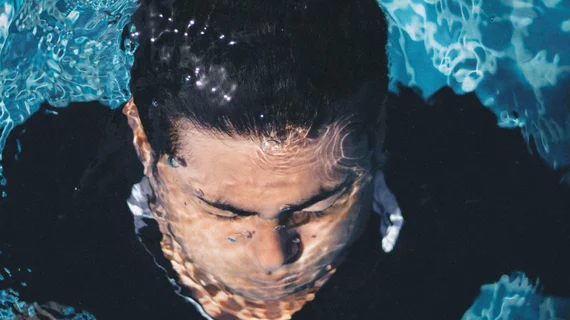To cut respiratory motion artifacts on liver MRI, have patients hold their breath at the end of an exhale rather at the end of an inhale.
That’s the recommendation of Stanford researchers after testing and comparing the two techniques, and it holds for unenhanced and contrast-enhanced scans. The American Journal of Roentgenology published the study online March 5.
Kim‐Nhien Vu, MD, and colleagues had three radiologists retrospectively perform blinded interpretations of scans from 50 consecutive patients who had T1-weighted liver MRI. The liver of each patient was scanned with unenhanced T1-weighted MRI at both ends of a deep breath hold. Meanwhile 47 of the patients were similarly scanned twice, this time with contrast.
The radiologists graded the images on quality ranging from one point for motion artifact-obscured to five points for motion artifact-free.
Along with finding the highest scores went to those acquired when patients held their breath at the end of an exhale, the researchers also found their three readers preferred the end-expiration images for more than half the patients.
By comparison, the readers only preferred the end-inspiration images for one-fifth of the patients.
Further, subtraction images (contrast-enhanced minus unenhanced) obtained using end-expiration technique also brought back better images.
In their discussion, the authors noted that technologists had a different take on the comparison than the radiologists. When using contrast, the techs tended to have patients hold their breath at the end of an inhale.
The authors surmise this owes to their institution’s prior standard of practice.
“[D]espite instructions for the MRI technologists to choose the breath-hold technique that worked better for the patient according to the unenhanced sequence acquired, our technologists may have been more comfortable with end-inspiration instructions, which may have biased them toward choosing that breath-hold technique for contrast-enhanced images,” Vu and colleagues wrote.
They also commented that their primary findings may point to an “involuntary relaxation of the inspiratory muscles during end-inspiratory breath-hold.”
“During end-inspiration breath-hold, involuntary relaxation of the diaphragm and the muscles of the chest and abdominal wall occurs, which may contribute to motion artifact during abdominal MRI,” they wrote. “On the other hand, during end-expiration breath-hold, these muscles are already relaxed at functional residual capacity and diaphragmatic displacement is expected to be less significant or even absent.”

